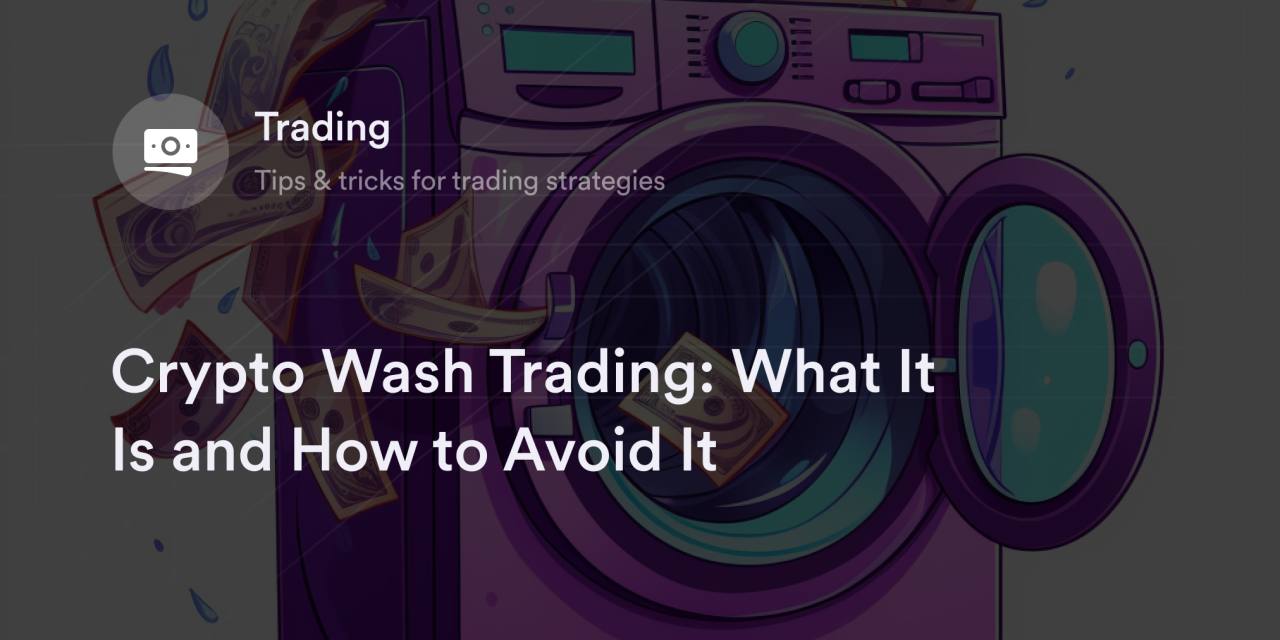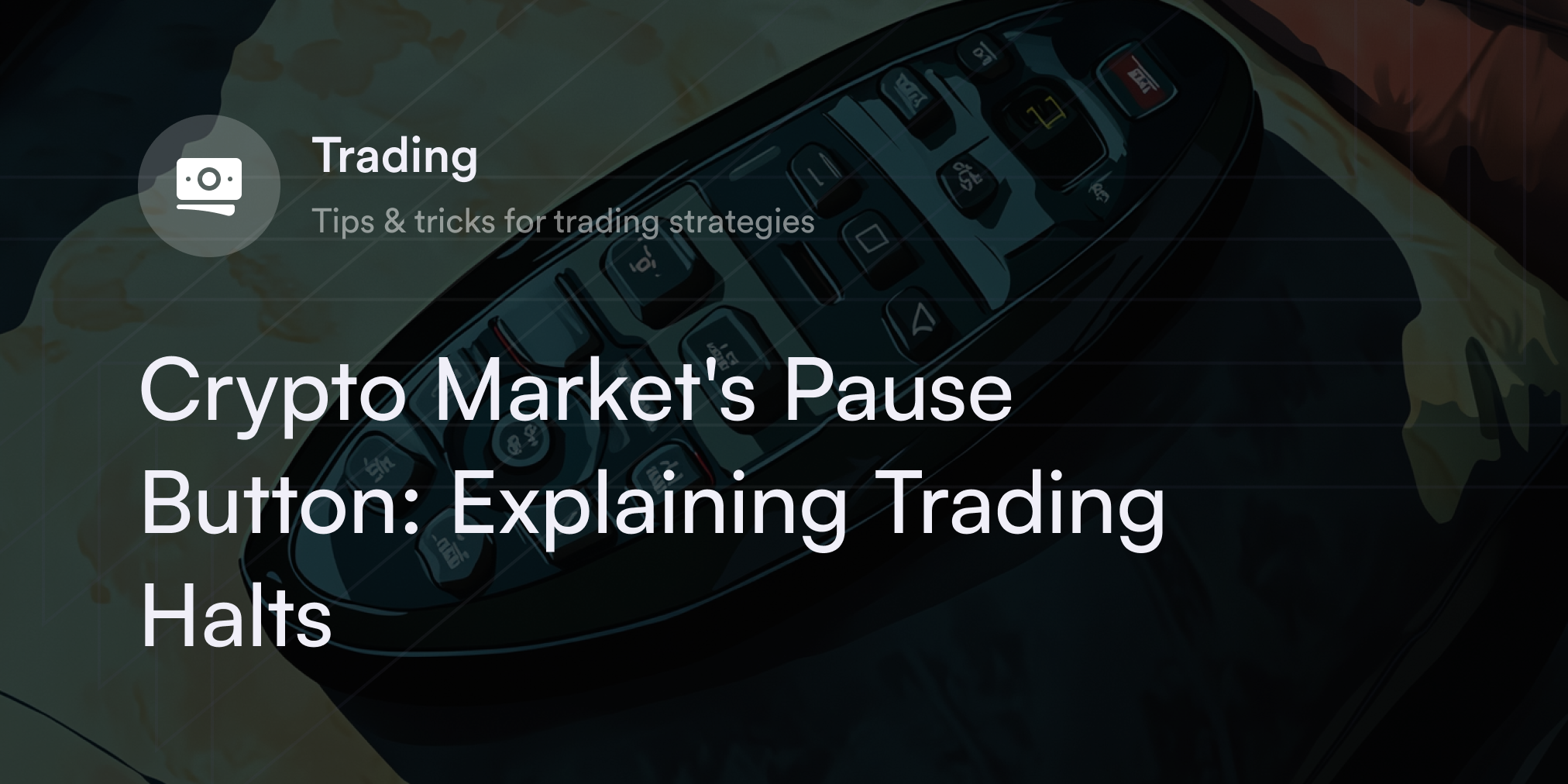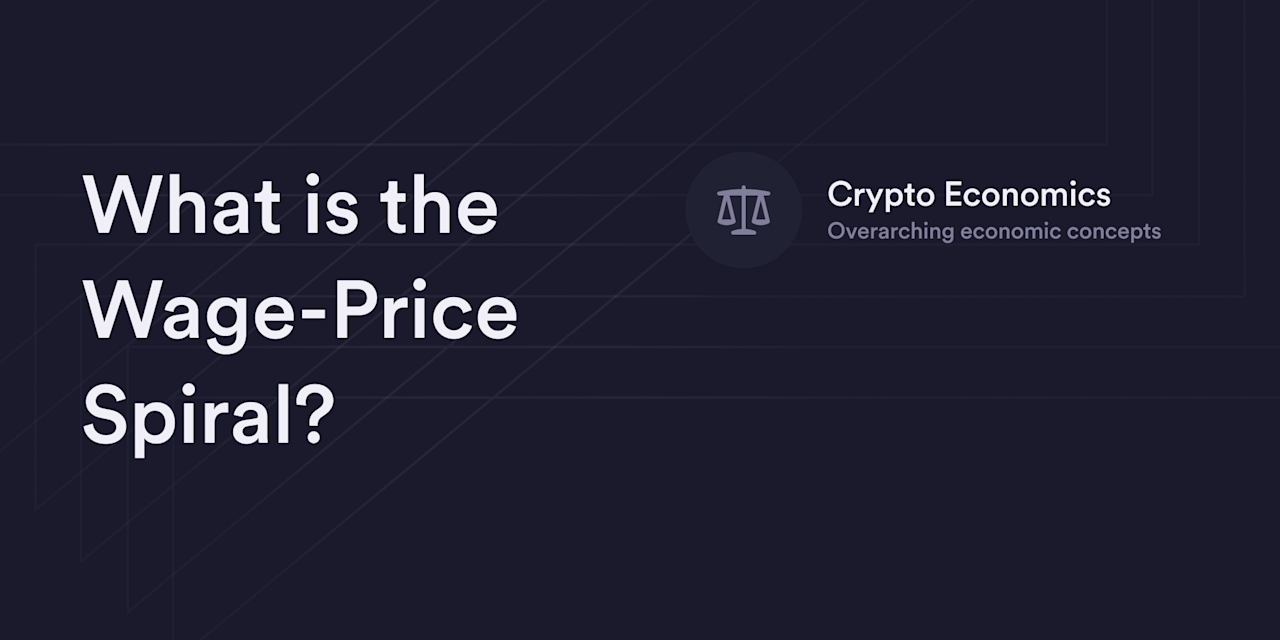


Despite its name, there’s nothing clean about wash trading in crypto.
According to blockchain analytics firms, this deceptive practice accounted for $2 billion of trading activity in the decentralized finance (DeFi) ecosystem from 2020 to 2023. In fact, wash trades continue to stain the reputation of many non-fungible token (NFT) projects. Even seasoned traders often get tricked by the sneaky nature and data distortions of wash trading tactics.
In this guide, we’ll discuss wash trading in crypto, including what it means, how it affects the crypto industry, and how traders can spot and proactively avoid it.
What is wash trading in crypto?
Wash trading is a market manipulation technique where malicious traders try to drive an asset’s value by artificially pumping its trading volume. Typically, a wash trader sends crypto between wallet addresses or exchange accounts they control to give the illusion of intense trading activity and high demand. Although it appears the trading volume for a coin or token is skyrocketing—especially if wash traders use high-frequency trading algorithms—these digital assets are passing between the same hands.
To outside observers, wash trading looks like genuine market activity, giving them false confidence in a project. The primary goal of wash trading is to convince many outside traders to buy a cryptocurrency and boost its price, reputation, and visibility. Also, wash traders sometimes make fictitious transfers to claim rewards on DeFi platforms that award users who have higher-than-average trading volumes.
What is NFT wash trading?
NFT wash trading is a subcategory of crypto wash trading where insiders drive the value of unique digital collectibles called NFTs. Unlike fungible cryptocurrencies such as Bitcoin (BTC), NFTs don’t have a 1:1 market value because they contain distinct digital metadata and have one specific address on a blockchain. NFT wash traders often buy these tokens at high prices within their crypto accounts to generate buzz on NFT markets and artificially boost the lowest market price (aka floor price) for an NFT project.
For example, the CryptoPunk #9998 NFT appeared to sell for $500 million worth of borrowed Ethereum (ETH) in 2021, but on-chain transfer data showed this was an elaborate crypto wash sale to generate hype for this rare digital token. The insider buyers transferred the crypto funds and NFT between their accounts to create a stir in the NFT market, ultimately hoping to resell CryptoPunk #9998 for more than $1 billion.
How does wash trading affect the crypto market?
The distortions of crypto wash trading dupe innocent traders into making uninformed decisions with inaccurate market data. Even after the crypto community exposes wash trading exploits, there remains a lingering impact on market sentiment and trust. Here’s how:
Obscures trading volume data: Wash trading artificially increases the average trading volume for crypto assets, making it difficult to gauge market activity and liquidity. Even if traders do diligent research on a cryptocurrency’s price chart, average daily transactions, and trading volumes, the invalid data from wash trading gives them a false impression of the crypto they’re researching.
Manipulates price: The artificially high volumes from wash trading also affect the perception of this asset’s price trend. Wash traders attempt to steer a digital asset’s market price in the direction most favorable to them, luring crypto traders into a deceptive trade.
Damages market trust and integrity: Wash trading tarnishes the public image of cryptocurrencies and discourages mass adoption of digital assets. Until more individuals and institutions feel confident in relying on crypto trading data, cryptocurrencies going mainstream is pretty unlikely.
Reduces liquidity: As reports of wash trading on crypto exchanges spread, so does an unhealthy sense of suspicion in the crypto trading community. The lack of transparency from wash trading dissuades legitimate traders from entering the market, which decreases market-making activity and dampens exchange liquidity.
Is wash trading illegal in crypto?
Wash trading in the crypto market is unethical, but it’s difficult to say whether the practice is illegal or legal. Although lawmakers and centralized cryptocurrency exchanges (CEXs) continue to work on ways to deter wash trading activity, the laws surrounding the sale and use of digital assets are in flux. Plus, crypto laws in one country sometimes contradict those in another country, and there’s no international standard for crypto policies yet.
Another difficulty in enforcing laws for wash trading is the anonymity DeFi services provide users. Unlike on CEXs, DeFi trading platforms let users exchange digital assets with peer-to-peer (P2P) swaps from their personal crypto wallets. The enhanced privacy of DeFi often makes it more difficult to track the identities of wash traders and hold them accountable. Until there’s greater clarity and uniformity in the crypto legal code—and advanced tools to identify wash trading on decentralized applications (dApps)—the legality of wash trading remains in a gray area.
How to identify crypto wash trades
Crypto wash traders operate in the dark, but traders use a few strategies to shine a light through the shadows. Although it’s not always easy to spot crypto wash trades, with the right tools and a skeptical eye, sensing something’s not quite right becomes possible.
Here are a few key things to do to avoid wash trades:
Search for high-frequency trading activity: Often, wash traders use high-frequency trading algorithms to place thousands of orders or wallet transfers within milliseconds. If you notice multiple orders at near-identical prices on a crypto exchange between the same entities, this could be wash trading.
Keep an eye out for unexpected trading volume spikes: The telltale sign of wash trading is a rapid and random increase in average daily volume. If volume spikes for a cryptocurrency without any obvious impetus (e.g., major news or a software upgrade), it may be a sign of wash trading.
Compare volumes across exchanges: Another way to scan the legitimacy of a cryptocurrency’s volumes is to compare trading activity across major trading platforms. Use the “Exchanges” tab on crypto price aggregator websites like CoinMarketCap to view the average trading volume for a cryptocurrency on centralized and decentralized exchanges (DEXs), and see if there are any glaring discrepancies between these platforms.
Research history and fundamentals: A closer look at a cryptocurrency and an exchange’s track record helps establish its reputation in the market and baseline trading activity. Be wary of crypto projects or platforms with limited available data, and compare current trading volumes with historical averages.
Stay informed: Check the latest news and developments related to cryptocurrency wash trading with reputable websites and Web3 publications. Also, consider placing automatic price alerts or triggers to track unusual activity on a crypto exchange.
Explore crypto trading tips on dYdX Academy
Wash trading isn’t the only scam plaguing the cryptocurrency market. Bad actors sometimes use deceptive techniques like pump and dump schemes and rugpulls to fool crypto traders into buying worthless tokens. To help eligible traders avoid security issues in the crypto market, dYdX Academy has dozens of in-depth guides to the most common crypto scams and actionable steps to avoid them. dYdX also offers a platform for eligible traders interested in a decentralized derivatives trading experience. Stay on top of dYdX’s news and features on our official blog, and eligible traders can start trading on dYdX today.
Disclosures
The content of this article (the “Article”) is provided for general informational purposes only. Reference to any specific strategy, technique, product, service, or entity does not constitute an endorsement or recommendation by dYdX Trading Inc., or any affiliate, agent, or representative thereof (“dYdX”). Use of strategies, techniques, products or services referenced in this Article may involve material risks, including the risk of financial losses arising from the volatility, operational loss, or nonconsensual liquidation of digital assets. The content of this Article does not constitute, and should not be considered, construed, or relied upon as, financial advice, legal advice, tax advice, investment advice, or advice of any other nature; and the content of this Article is not an offer, solicitation or call to action to make any investment, or purchase any crypto asset, of any kind. dYdX makes no representation, assurance or guarantee as to the accuracy, completeness, timeliness, suitability, or validity of any information in this Article or any third-party website that may be linked to it. You are solely responsible for conducting independent research, performing due diligence, and/or seeking advice from a professional advisor prior to taking any financial, tax, legal, or investment action.
You may only use the dYdX Services in compliance with the dYdX Terms of Use available here, including the geographic restrictions therein.
Any applicable sponsorship in connection with this Article will be disclosed, and any reference to a sponsor in this Article is for disclosure purposes, or informational in nature, and in any event is not a call to action to make an investment, acquire a service or product, or purchase crypto assets. This Article does not offer the purchase or sale of any financial instruments or related services.
By accessing this Article and taking any action in connection with the information contained in this Article, you agree that dYdX is not responsible, directly or indirectly, for any errors, omissions, or delays related to this Article, or any damage, injury, or loss incurred in connection with use of or reliance on the content of this Article, including any specific strategy, technique, product, service, or entity that may be referenced in the Article.







